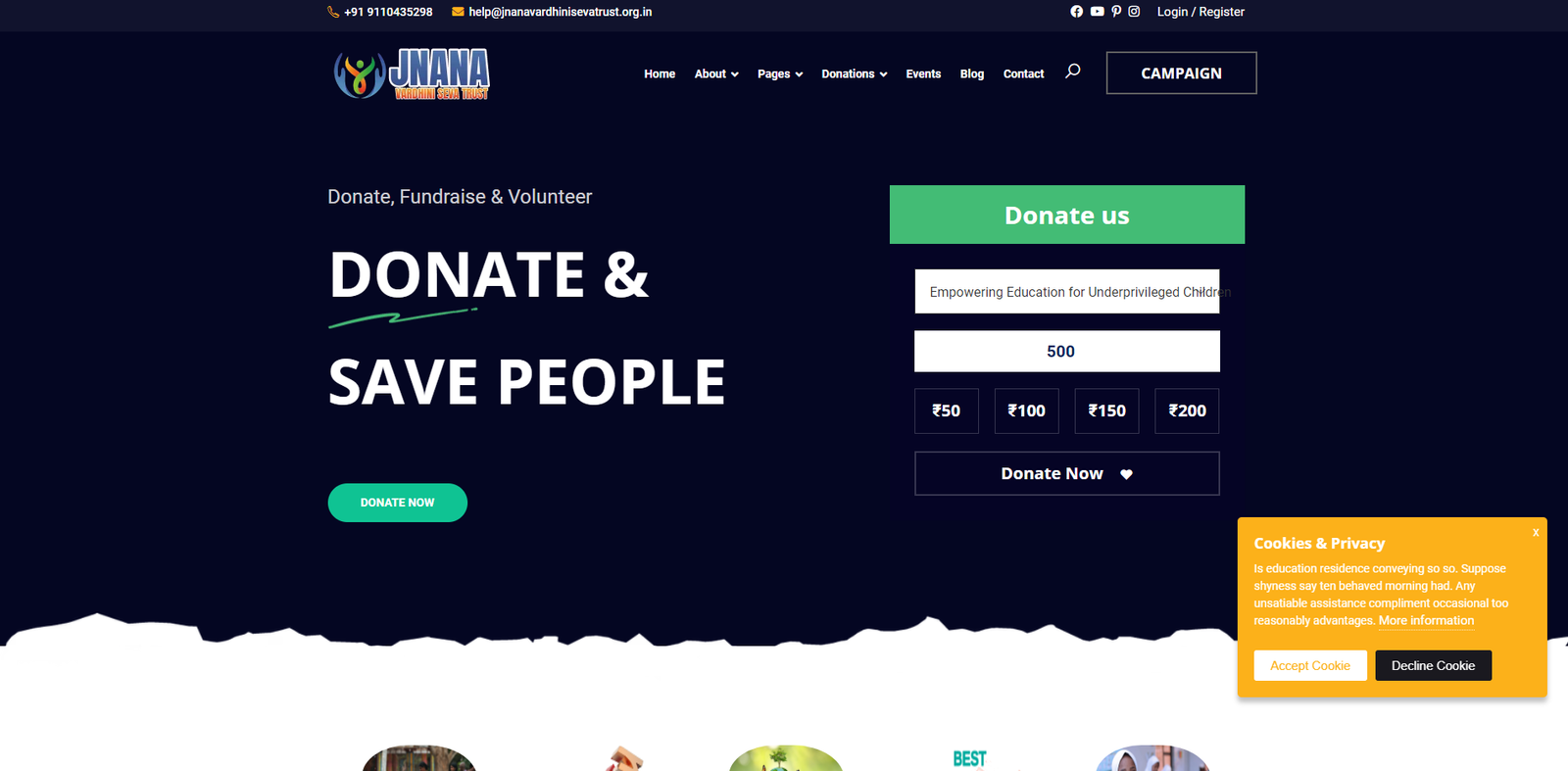
Creating a crowd funding website involves a blend of technology, finance, and community building. Here’s an overview of the steps and considerations involved:
Market Research: Understand the existing landscape of crowd funding websites. Identify gaps and opportunities. Analyze successful platforms to understand their features, target audience, and monetization strategies.
Define Your Niche: Decide on the focus of your crowd funding website. Will it cater to a specific industry (e.g., tech startups, creative projects, social causes) or be more general-purpose? Defining your niche helps in tailoring the platform to the needs of your target users.
Platform Features: Develop a list of features and functionalities your platform will offer. This may include user profiles, project creation tools, payment processing, social sharing, analytics, and more. Ensure the platform is user-friendly for both project creators and backers.
Technology Stack: Choose the right technology stack for your crowd funding website. Consider factors like scalability, security, and ease of development. Popular choices include frameworks like Ruby on Rails, Django, or Laravel for backend development, and React, Angular, or Vue.js for frontend development.
Design and User Experience (UX): Invest in a clean and intuitive design that enhances user experience. The website should be visually appealing, easy to navigate, and optimized for various devices (desktop, mobile, tablet).
Payment Processing: Integrate secure payment gateways to facilitate transactions between project creators and backers. Offer multiple payment options (credit/debit cards, PayPal, etc.) to accommodate diverse user preferences.
Legal Compliance: Familiarize yourself with the legal regulations governing crowd funding in your target market. Ensure your platform complies with financial regulations, data protection laws, and other relevant statutes.
Community Building Tools: Implement features that foster community engagement and interaction. This may include discussion forums, comment sections, backer updates, and social media integration.
Marketing and Promotion: Develop a marketing strategy to attract both project creators and backers to your platform. Utilize various channels such as social media, content marketing, influencer partnerships, and targeted advertising.
Monetization: Decide on your platform’s revenue model. Common monetization strategies for crowd funding websites include charging a percentage fee on successfully funded projects, subscription plans for premium features, or offering additional services such as marketing support and campaign consulting.
Testing and Iteration: Conduct thorough testing of your website to identify and address any bugs or usability issues. Gather feedback from early users and iterate on your platform based on their input.
Launch and Growth: Launch your crowd funding website and focus on growing your user base. Continuously monitor key metrics like user engagement, funding success rates, and platform revenue. Stay responsive to user feedback and adapt your platform to evolving market trends.
Building a successful crowd funding website requires a combination of technical expertise, business acumen, and a deep understanding of your target audience’s needs and preferences. By following these steps and staying attuned to market dynamics, you can create a platform that empowers innovators to bring their ideas to life with the support of a global community.
For Demo
https://jnanavardhinisevatrust.org.in/
Call : +91 9449675050


